Should you build a pollinator-friendly garden? Here are 3 things to know
Some things in life seem so easy. Some people make complex and difficult things look so easy. Caitlin Clark makes heaving a 3-pointer from 6 feet beyond the top of the key look like she could do in her sleep.
But I think we’d all agree, take any task be it athletic, artistic, or otherwise, and it’s a pretty good bet that anybody really good at it has probably spent the better part of a lifetime getting it down to automatic. Fair to say, just about everything in life, when you get right down to it, is harder than it looks.
And so it is with pollinator gardening.
What are pollinators?
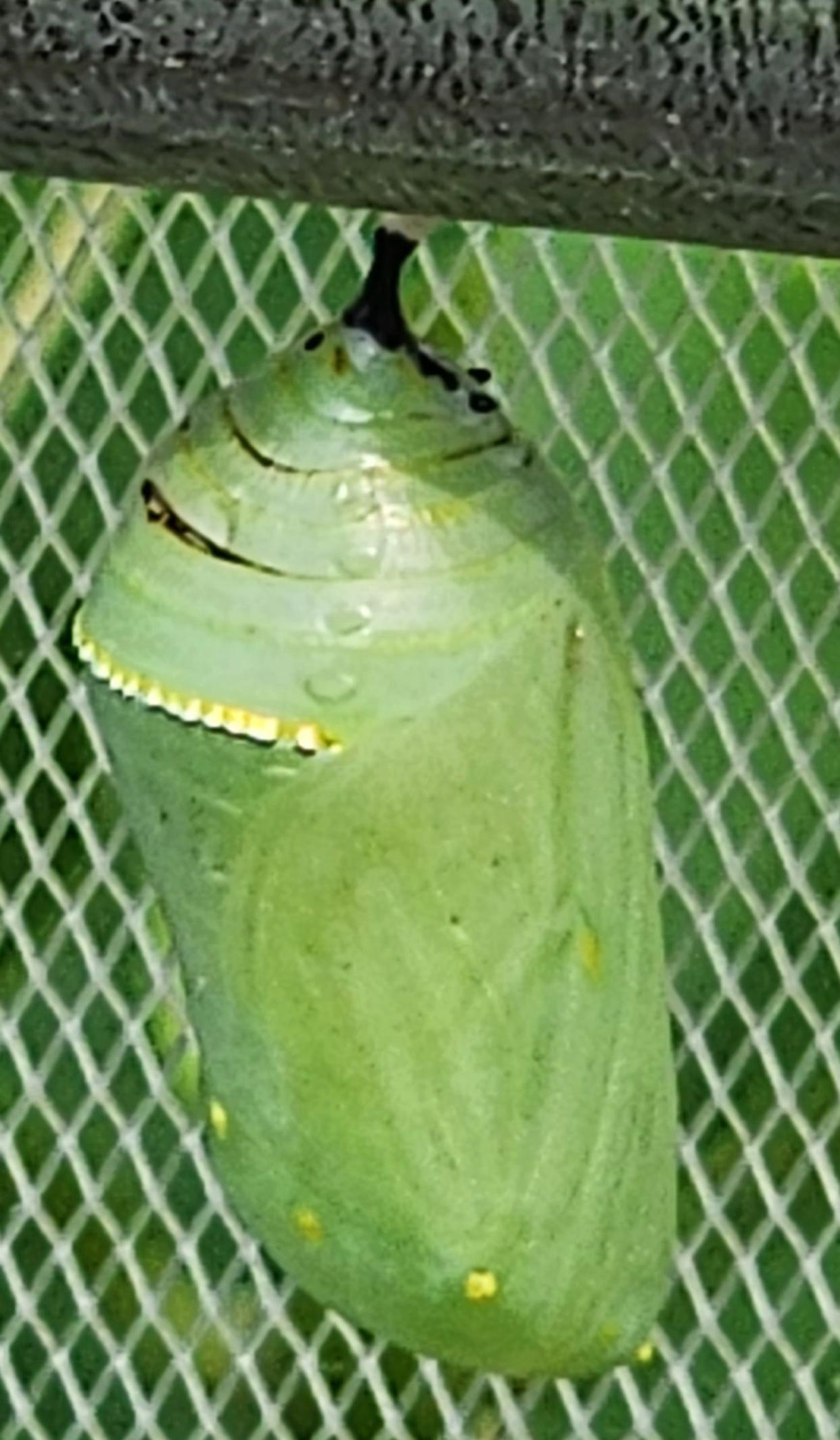
We love our pollinators ― the hummingbirds, honeybees, and monarch butterflies. We might even give a nod to an occasional moth or, heaven forbid, a lowly beetle. But those superstars of the pollinator world are a bit like the giraffes at the zoo. When it comes right down to it, ecologically, no one is more important than any of the others. It’s just that some make better ambassadors to the general public (OK, maybe not so much in the case of the beetle.)
Planting for pollinators is all the rage these days, and you’ve heard all the statistics. Forget the fact that many statistics you read online are way off the mark or are poorly interpreted results of someone else’s research, but there's no getting around it. Pollinators are important ― really important ― to our survival. But as with so many things in life, one size does not fit all, it’s always more complicated than you think.
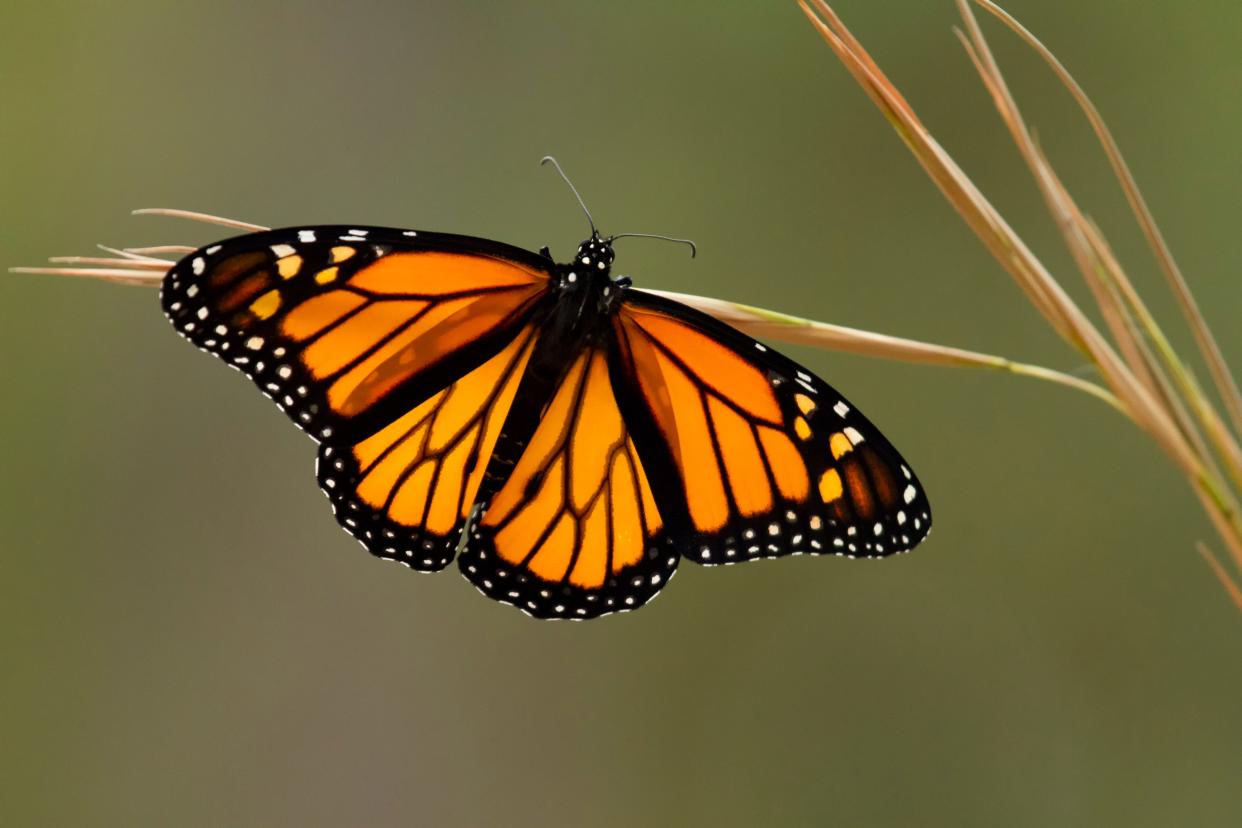
Worldwide, there’s something on the order of 250,000 insect species (OK, invertebrates) and 2,000-2,500 vertebrates that pollinate plants, and we’re still counting.
The funny thing about those zillions of pollinators is, that they ain’t all poster children for the worldwide pollinator cause. Some are downright gnarly-looking critters. But they do their job just the same.
What plants should you grow in a pollinator garden?
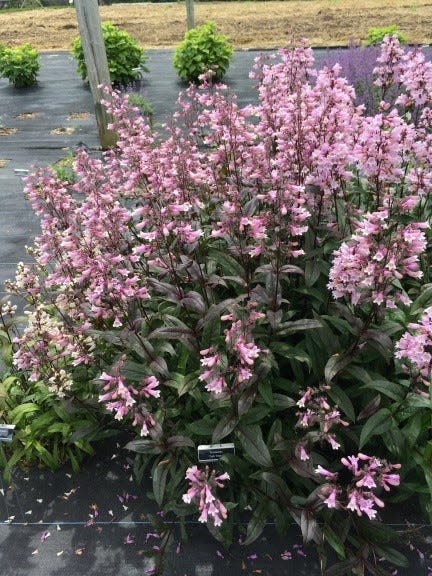
Now to the plant side of the equation.
There are somewhere between 170,000 and 200,000 species of plants that depend on pollinators to complete the seed-to-seed lifecycle. Seventy-five percent of all plants on the planet depend on pollinators. Then there are the animals that help by distributing seeds (cup ‘o Kopi luwak coffee, anyone?) creating habitat, and a whole lot more that make nutrients available for plants.
Oh, and don’t forget about those 1,200 species of grasses and all the other plants we refer to as wind-pollinated. Sure, they’re designed to be pollinated by the breeze but last time I checked, there were no grasses out there holding up signs saying things like, “No pollinators need apply.” The nutrient and energy-rich pollen packets are just sitting there for the taking and there are plenty of insects that are happy to oblige and spread a little pollen along the way.
So where, exactly, am I going with all this?
We know there are many instances of plant species and local pollinators evolving together and developing unique and specific relationships around pollination systems. We also know there are some selected plant varieties ― what we call cultivars (cultivated varieties) that perform just as well or in some cases even better when it comes to servicing pollinators. We even know that some plants from far-off places, when brought across the pond or the continent, strike up tremendously beneficial relationships with local pollinators.
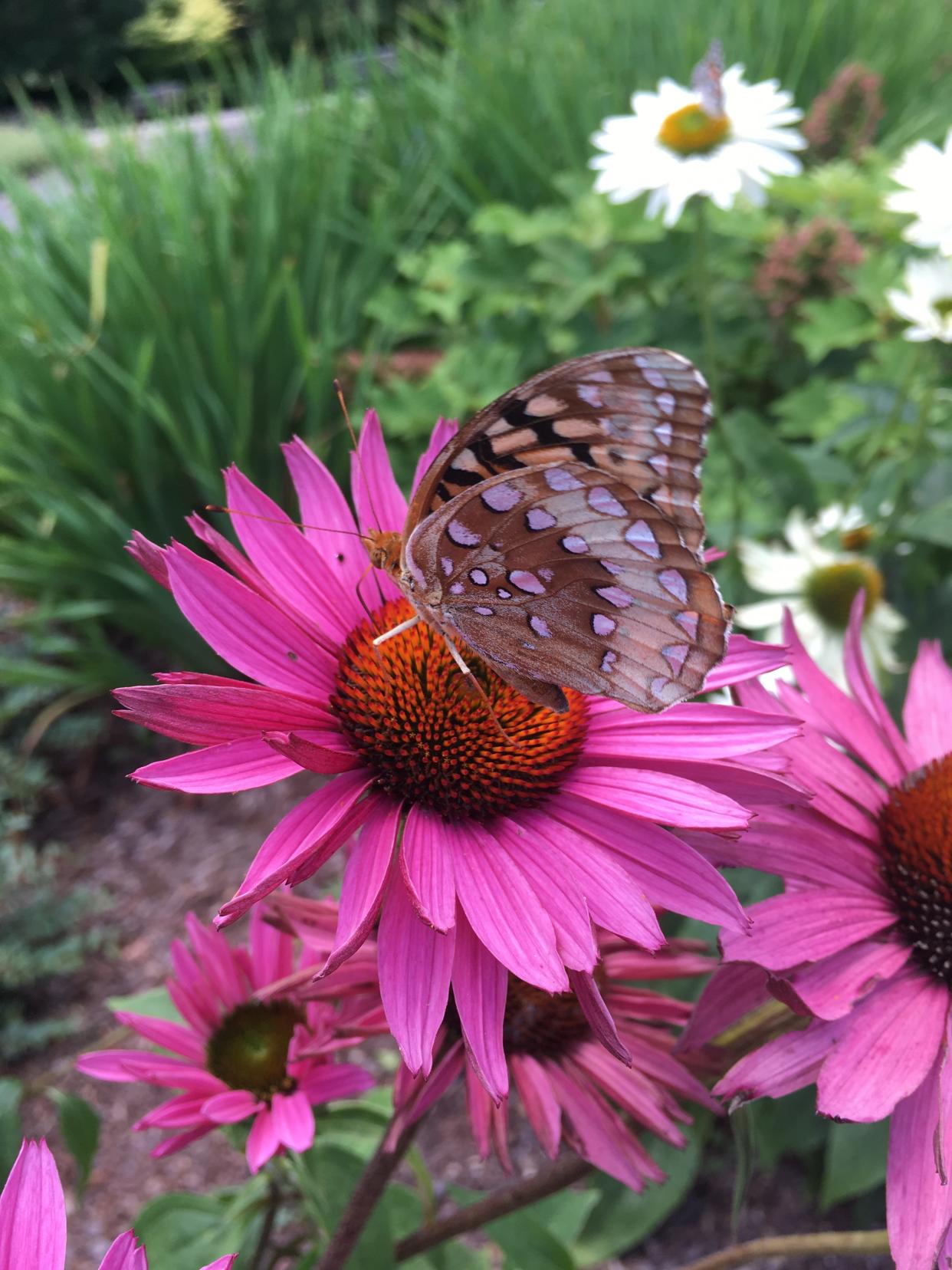
So, here’s the catch. It’s easy to plant milkweeds for monarchs, crossvines for hummingbirds, and coneflowers for honeybees, three fine and dandy, pollinator and plant support pairings. But by my calculations, that leaves something like 67 billion potential plant/pollinator relationships unserved ― the vast majority of which we know little or nothing about.
Gardeners across the country are told to plant local natives because insects can’t survive without them. We’re scolded for growing a lawn ― chastised for growing a tea rose or a daphne or some other non-native plant. All this is based on us knowing a tiny fraction of what’s going on in the natural world around us. What I do know is that no matter where we look, we’re constantly surprised.
Sure, if we know there are plants (and animals for that matter) that can turn into bad actors when moved from one ecosystem to another, it’s not imprudent to avoid them. If we know of an insect population that is crashing because of something humans are doing, it's reasonable to do what we can to reverse that trend. But we also need to keep all this in context. Even our best intentions are, at this stage of our tiny understanding of global ecology, modestly informed stumbling around in the dark.
Should you start a pollinator garden?
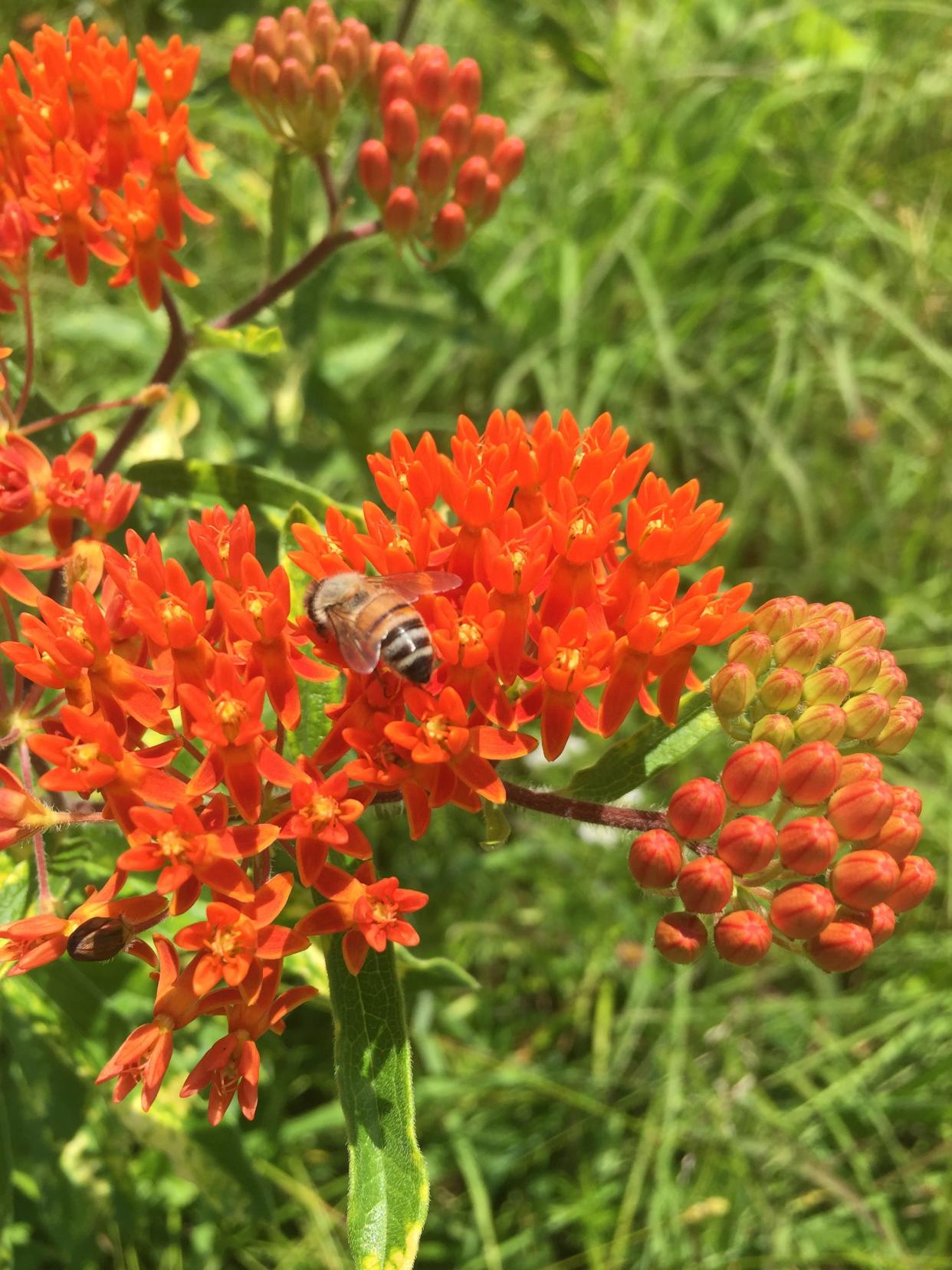
So here’s my advice. If you want to plant native plants because you want to support local native plant populations and systems ― go for it. You have my support.
If you want to grow a nice big lawn so you can play soccer with the kids ― knock yourself out. Who can complain about quality time with the kids?
If you want to plant a hybrid tea rose because, as one smart guy once wrote, “a rose by any other name..., “ who am I to complain?
The truth is that the planet is such a wide, diverse, and marvelous place, and we know so little about it, that the best thing we can do to support it is to not argue about what to plant and why, but rather to just get out there and plant.
I guarantee that if you plant it, some insects will appreciate it.
Paul Cappiello is the executive director at Yew Dell Botanical Gardens, 6220 Old Lagrange Road, yewdellgardens.org.
This article originally appeared on Louisville Courier Journal: Should you build a pollinator-friendly garden? 3 things to know
